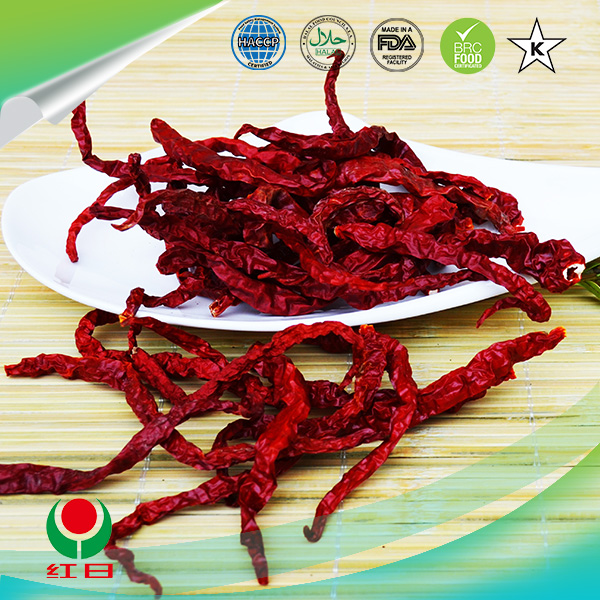- No. 268 Xianghe Street, Economic Development Zone of Xingtai city, Hebei 054001 China
- Byron@hbhongri.cn
paprika pepper
The Versatile Paprika Pepper A Culinary Gem
Paprika pepper, a member of the Capsicum annuum family, is a vibrant and flavorful addition to the culinary world. With origins tracing back to Central America, paprika made its way to Europe through Spanish explorers, where it was embraced and cultivated extensively. Today, this beloved spice comes in various forms, each offering a unique flavor profile and a splash of color to dishes.
The Versatile Paprika Pepper A Culinary Gem
One of paprika's most significant advantages is its versatility. It can be used as a seasoning, a garnish, or even as a natural colorant for dishes. Its vibrant red hue makes it a favorite for enhancing the visual appeal of soups, sauces, and snacks. A sprinkle of paprika can transform a simple deviled egg or potato salad into a dish that is not only visually stunning but also packed with flavor.
paprika pepper

Nutritionally, paprika is rich in antioxidants, vitamins A, E, and C. These nutrients contribute to numerous health benefits, including improved vision, skin health, and immune function. Furthermore, paprika contains capsaicin, the compound responsible for the heat in peppers, which has been linked to pain relief and boosting metabolism.
In culinary traditions around the world, paprika plays a central role. In Hungarian cuisine, it is an essential ingredient in goulash, adding depth and complexity to the dish. Spanish recipes often feature paprika in chorizo and paella, where its flavor complements the robust ingredients. In the United States, paprika is commonly used to season fried chicken, potato chips, and various dips, showcasing its wide-ranging appeal.
In conclusion, paprika pepper is more than just a spice; it is a culinary treasure that brings flavor, color, and health benefits to a myriad of dishes. Whether you prefer it sweet, smoked, or hot, there is no denying that paprika is a staple worthy of a place in every kitchen. So, the next time you reach for that vibrant red jar, remember the rich history and versatility contained within.
-
Turmeric Rhizome Powder: A Golden Treasure from Roots to TableNewsJul.28,2025
-
The Versatile Application Of Crushed Red Hot Peppers: Lighting Up The Red Flames On The Dining TableNewsJul.28,2025
-
The Paprika: A Touch Of Vibrant Red In Color, Flavor, And CultureNewsJul.28,2025
-
Ground Turmeric: A Modern Examination of an Ancient SpiceNewsJul.28,2025
-
Capsicum Liquid Extract: Features, Applications, and ChallengesNewsJul.28,2025
-
Application of Capsicum Liquid Extract in FoodNewsJul.28,2025







